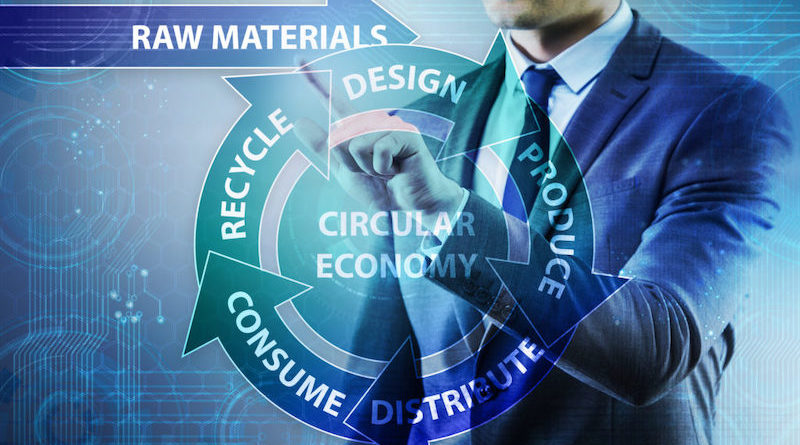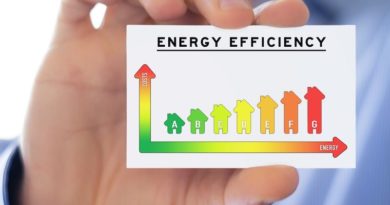
Europe takes circularity to the mainstream: the change that the new Circular Economy Action Plan will bring
The sense of urgency we need when talking about the transition towards a circular economy can be conveyed by a single equation: if we keep on with our growth model, by 2050 the world will be consuming as if there were three planets Earth.
Global consumption of materials such as biomass, fossil fuels, metals and minerals is expected to double in the next forty years and annual waste generation is projected to increase by 70% by 2050.
The circular economy is about providing positive solutions to reversing these trends, reducing pressure on the environment and supporting sustainable jobs and growth at the same time, while ensuring security of supply.
The time to accelerate the transition to a circular economy has come.
The commitment of European Green Deal to respond with decisive actions to the challenges of achieving carbon neutrality and decoupling economic growth from resource use, has been described as this generation’s defining task.
The next five years will likely put us on a path that will directly impact our well-being in 2050. Future generations will be affected by the decisions we make today in ways that probably have no comparisons in human history.
The circular economy is a crucial pillar of the European Green Deal.
It is about making the necessary changes in the way we produce and consume so that we can solve the many environmental and climate pressures that are directly linked to the current unsustainable “take-make-use-discard” growth model.
The new Circular Economy Action Plan adopted in March this year will make a considerable difference. We have introduced actions to address inefficiencies along the entire life cycle of products.
The cornerstone of the Action Plan is a new Sustainable Product Policy Framework, which will ensure that green products become the norm. Products will have a longer lifetime, will be easier to repair and upgrade, and will have lower environmental impacts. This will unleash new business opportunities and provide high-quality products and cost-saving solutions to citizens.
The Action Plan will help protect consumers better: a new “right to repair” will be established, complementing the efforts to design sustainable products.
Consumers will also have reliable information on the reparability and durability of products, as well as on their environmental performance. Companies will have the confidence to invest in a fair market for green products, since we will tackle misleading green claims.
Furthermore, in synergy with actions on products, we will work to prevent the generation of waste as a matter of priority. Where waste cannot be avoided, the focus should be on transforming it into valuable resources.
The Commission will review a number of legislative instruments to increase their contribution to a circular economy, and continue supporting Member States in the implementation of the EU waste legislation.
In parallel to horizontal measures, smart policy-making means also tackling priority sectors and value chains where there is considerable potential for more circularity.
This is the case of “electronics and ICT”, “batteries and vehicles”, “packaging”, “plastics”, “textiles”, “construction and buildings”, “food, water and nutrients”. The Action Plan announced comprehensive strategies or tailored actions for each of these key product value chains.
These sectorial actions will bring significant benefits. Textiles, for example, are the fourth highest-pressure category for the use of primary raw materials and water, after food, housing and transport, and fifth for GHG emissions.
It is estimated that less than 1% of all textiles worldwide are recycled into new textiles. We want to adopt a strategy that can trigger circular business opportunities, give consumers more information, and reduce the environmental impacts of this sector.
At the same time, we want to make sure the transition is fair and just for everyone. We will work on strengthening the social angle of circularity, for example by promoting the uptake of the right skills for Europe’s workforce of tomorrow.
We will also support investments in infrastructure, innovation and digitalisation that will enable the circular economy to become the mainstream in our lives.
We are also aware that the circular economy in Europe will work only if we achieve progress at the international level. The EU has an important role as a global frontrunner in the circular economy, and we can use this position of leadership to actively engage with partners at bilateral and multilateral level to scale-up the uptake of the circular economy worldwide.
The new Circular Economy Action Plan offers an inclusive, future-oriented agenda for achieving a cleaner and more competitive Europe in co-creation with economic actors, consumers, citizens and civil society organisations.
It has been well received by a broad range of stakeholders because it offers win-win solutions: to protect the environment, but also to create lead markets, to expand sustainable and job-intensive economic activities, and to ensure EU leadership on circular, climate-friendly and safe products and technologies globally.
This Action Plan is a plan for all people in the EU and beyond.
It is essential that it delivers on the ground for national and regional policymakers, for businesses, for all EU consumers and citizens.
Therefore, its implementation will be successful only if informed by the same collaborative spirit we share today. I am confident this will be the case.




